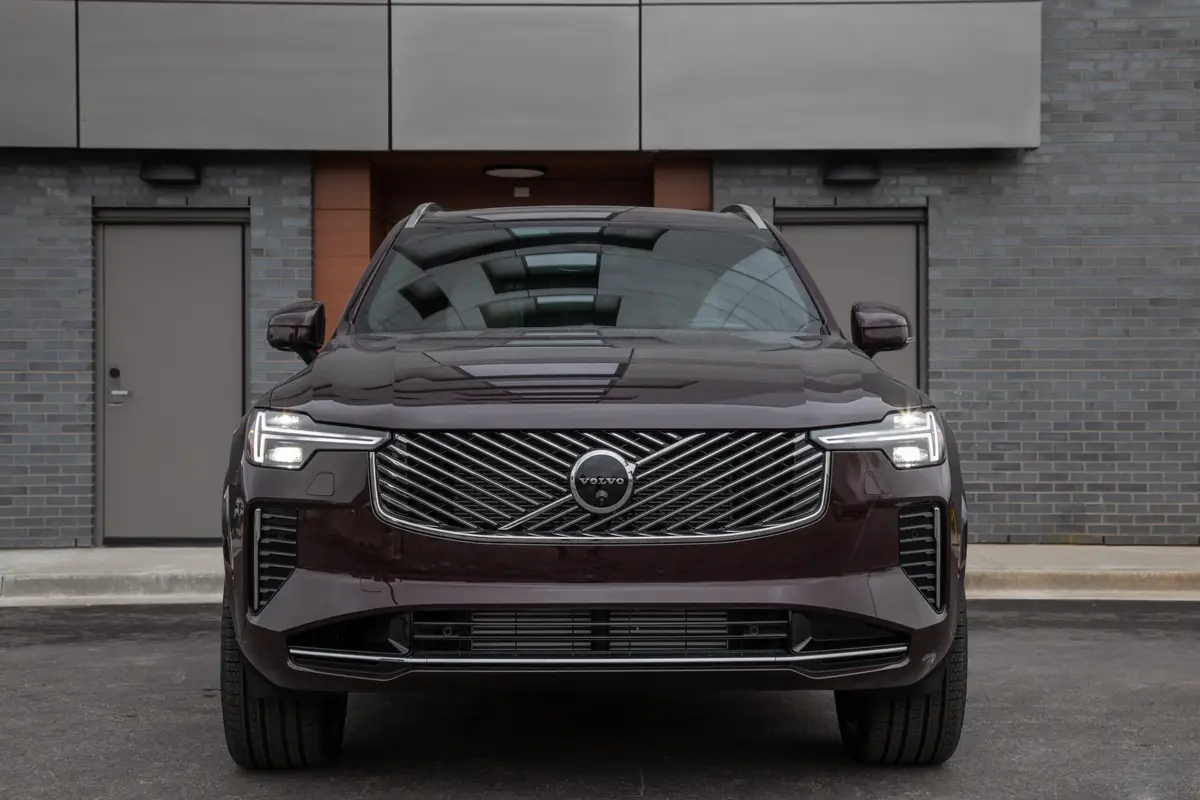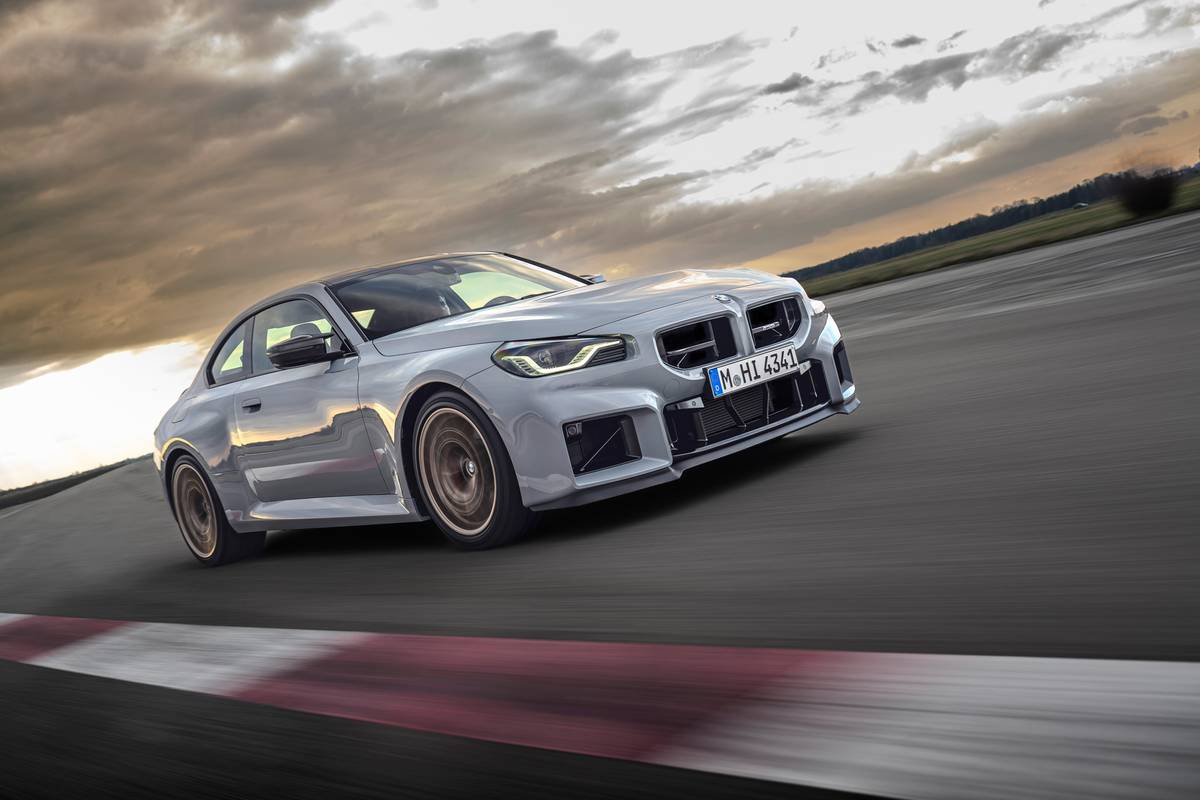The Morning Call and Mcall.com's view
A sports car is not necessarily a performance car – and vice versa. But there are some vehicles out there which combine the best attributes of both beasts – and the Nissan 300ZX Turbo is one of them. Although this may sound like something you may have grappled with in Logic 101, it is really just a means of pointing out that the 300ZX Turbo not only can move in a straight line but can groove when the road gets wavy.
The name, of course, is a tip-off to where this car gets its flash and dash. It is the latest in the series of Nissan/Datsun Z cars that began back in 1970 with the 240Z. The latest Z is powered by a 180 cubic inch (3-liter or 3,000 cc as noted in the 300 tag) turbocharged engine that pumps out 200 horses. The X really doesn’t stand for that much but it was tacked on a couple of years ago when the Z car became heavier in the luxury department.
This year’s model is virtually the same as the ’84 model (which was a complete change from the previous 280ZX). Although there are some subtle trim changes that will probably help judging in sports car events 25 years from now, I don’t think anyone is going to notice the difference right now. But, then, there was really no reason for a major change.
First, the 300ZX Turbo is a handsome car with sort of a combination of American and Italian styling. It is very apparent that the wind tunnel played a big part in its design since it has a drag coefficient of 0.30 – very slippery. Drag coefficients usually don’t occupy much conversation time at dinner parties, but you can learn something from them. For example, the Turbo’s 0.30Cd is lower than the Corvette’s 0.34Cd, the Porsche 928’s and Toyota Supra’s 0.38Cd, and even lower than the naturally aspirated 300ZX’s Cd of 0.31 (the difference in the two 300ZXs is in the Turbo’s more aerodynamically shaped front spoiler). But what does this really mean? Well, lower coefficients of drag (and all of the above are quite low) will help fuel mileage and provide a quieter interior because the car provides minimal wind resistance as it is ”slicing” through the air.
With a wheelbase of 91.3 inches, overall length of 170.7 inches, width of 67.9 inches, height of 51 inches and curb weight of 3,150 pounds, the 300ZX is one of the larger sports cars around these days, and this is most noticeable in interior room. The two-passenger coupe is almost shamefully large in its cockpit. Driver and passenger can stretch out, reach out and almost hang out in its interior room. Of course, it is the old sports car stoop-down-and- fling-yourself-in and reach-up-and-throw-yourself-out entering and exiting, but this shouldn’t come as a surprise. For the matched Vuitton luggage you may want to stash for a run up to the ski slopes, the rear portion of the car has a good-sized storage area measuring almost 15 cubic feet.
The interior also has enough ambiance for three cars. The test car ha d the optional Electronics Equipment Package that even added more frosting to the funnel cake. The electronic instrument panel is so wild you can even sit in your driveway and enjoy it. It has the usual digital readout speedometer and bar graph instruments, but the real grabber is the tachometer, which is a combination of analog and digital displays. What makes it different, though, is that the analog display has a two-dimensional graph that shows where the engine is on its power curve. The electronic package also includes a trip computer, automatic temperature control (air conditioning is standard equipment), defogging outside mirrors, steering wheel with audio system controls and cruise control switches and an AM-FM cassette stereo system with a nine-band graphic equalizer, eight speakers and fader/balance control.
Even a bigger blast than the radio is the 300ZX Turbo’s performance. It just goes and goes and goes. But then when you have a 200 horsepower e gine in a 3,150 pound car, this shouldn’t come as too great a surprise. This 180 cubic inch V-6 was introduced last year and is the first V-6 and most powerful engine to come out of Japan. (In fact, at 200 horses, it is one of the most powerful engines available this year in a production vehicle.) Top horsepower is developed at 5,200 rpm while its 227 foot pounds torque comes in at 3,600 rpm. You will notice this engine has plenty of torque, and no doubt this is the main reason it is so smooth. To be sure, you can’t leave it in fifth gear and drive around all day. But it is forgiving and if you don’t let the rpm drop too low, it will come back to life. The normally aspirated engine is rated at 160 horsepower at 5,200 rpm and 174 foot pounds torque at 4,000 rpm.
The engine features electronic fuel injection, an overhead cam on each bank, a cast iron block and aluminum heads. Turbo lag is almost non-existent. The test car’s power was handled very nicely by a surprisingly easy-to-operate five-speed manual transmission. Like the engine (and the whole car for that matter), the transmission was smooth. Interestingly, the Turbo version uses a Borg-Warner five-speed, while the non-turbo has the Nissan five-speed. The Turbo is also available with a four-speed automatic, which may sound appealing to some drivers but it has a drawback that we will address shortly.
If driven in a reasonably manner, the 300ZX Turbo will provide fuel mileage that is not in the econobox category, but is respectable. City driving averaged 15 mpg, while highway driving came to 23 mpg (on premium unleaded). The overdrive fifth gear certainly can be credited with the highway figure. What may come as a surprise is that the automatic version of the Turbo – it’s drawback time – is rated as a ”Guzzler” and carries a penalty tax.
The 300ZX Turbo’s four-wheel independent suspension features MacPherson struts all around and a nifty ”dial-a-shock” arrangement. In a sort of three bears arrangement, the shock absorbers can be set for soft, normal or firm, which, of course, will have an effect on the handling. On firm – and this is where the real driving enthusiast is going to keep it – handling should satisfy even Mad Max. The ride in this position is quite firm but not unbearable. I’m not quite sure who would use the soft setting, except, perhaps, someone who really doesn’t like sports cars but bought one anyone because of the onset of a mid-life crisis. As far as normal position goes, I don’t know if such a term can be applied to a sports car so I didn’t bother using it. But, anyway, the system works through electric motors and can be switched while the car is in motion.
Base price on the Turbo is $19,699 and includes all kinds of power equipment and gadgets. In addition to the electronics package listed at $1,200, the test car also had the leather package which came to $1,100. (Last year the two p ackages were combined.) Add to this a delivery charge of $195 and the bottom line came to $22,194. Certainly a tidy sum but not an out-of- sight one considering the sports car market. And after all, it is a lot easier to spend lots of money for a luxury than it is to spend it for a necessity.
Latest news



